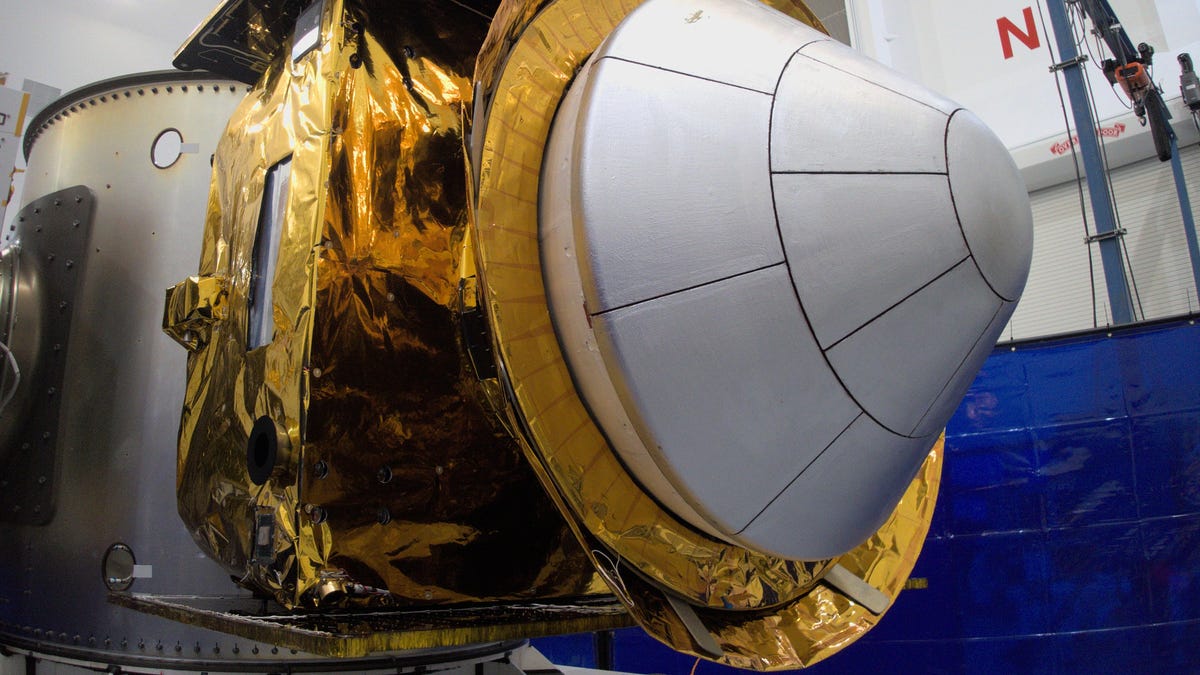This is actually pretty interesting.
On June 30, its first drug-manufacturing experiment succeeded in growing crystals of the drug ritonavir, which is used for the treatment of HIV, in orbit. The microgravity environment provides some benefits that could make for better production in space, overall reducing gravity-induced defects. Protein crystals made in space form larger and more perfect crystals than those created on Earth, according to NASA.
Unfortunately there’s no info on why it’s being denied reentry. (But my money is on the long standing secret policy of the dark world government lizard cat people to not cure space aids)(I also don’t have any money)
A spokesperson from the FAA told TechCrunch in an emailed statement that the company’s request was not granted at this time “due to the overall safety, risk and impact analysis.”
That could mean so many different things.

Occam’s razor: They don’t want a sattelite with an new compound with unknown effects to go down in someones backyard.
And I wouldn’t doubt that that played a huge role in the decision, but I’m curious as to what, if anything, changed between when they created the mission profile /launched it, and now. Did they not get some basic permit to launch it that also included the entry plan, which was approved?
That’s what I’m unsure of.
I don’t think the launch permits have anything to do with this company at all. They would’ve just purchased a ride on another company’s rocket (likely Space X or ULA). They probably assumed they could figure out reentry when they got to that point in the mission. I can’t say for sure, but they very well may even have multiple plans for getting the capsule back, and this was just the first one they tried.
I don’t believe there’s much of a track record for private crafts reentering from orbit, intending to be recovered. Most private crafts like communication satellites breakup on reentry and don’t pose much of a risk to ground population. This station was designed specifically to survive reentry intact. I’m not sure what kind of deorbit equipment that station has but I would guess that’s what the FAA is concerned with. Any failure of navigation or propulsion during deorbit could result in the station losing control which would have it crashing down in some unpredictable point and time along its 25,000 mile path over ground. Undoubtedly there are some large populations below the orbit of this station
I wasn’t aware you even needed permission to reenter a spacecraft, just thought you needed it to launch one. How does that work then, would one need permission from the country who’s airspace your craft ends up in, or the one one’s organization is based in? If the former, could they get around this by re-entering it over international waters?
Gravity laughs at your permissions!




